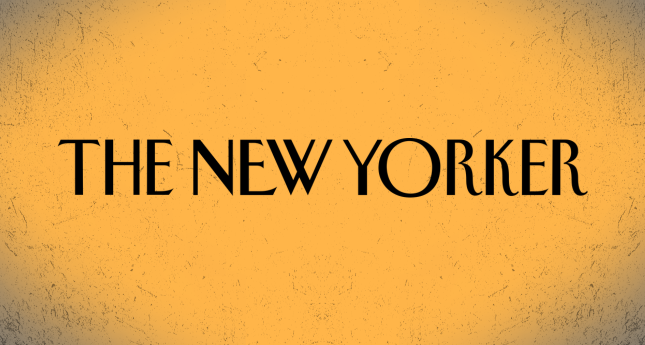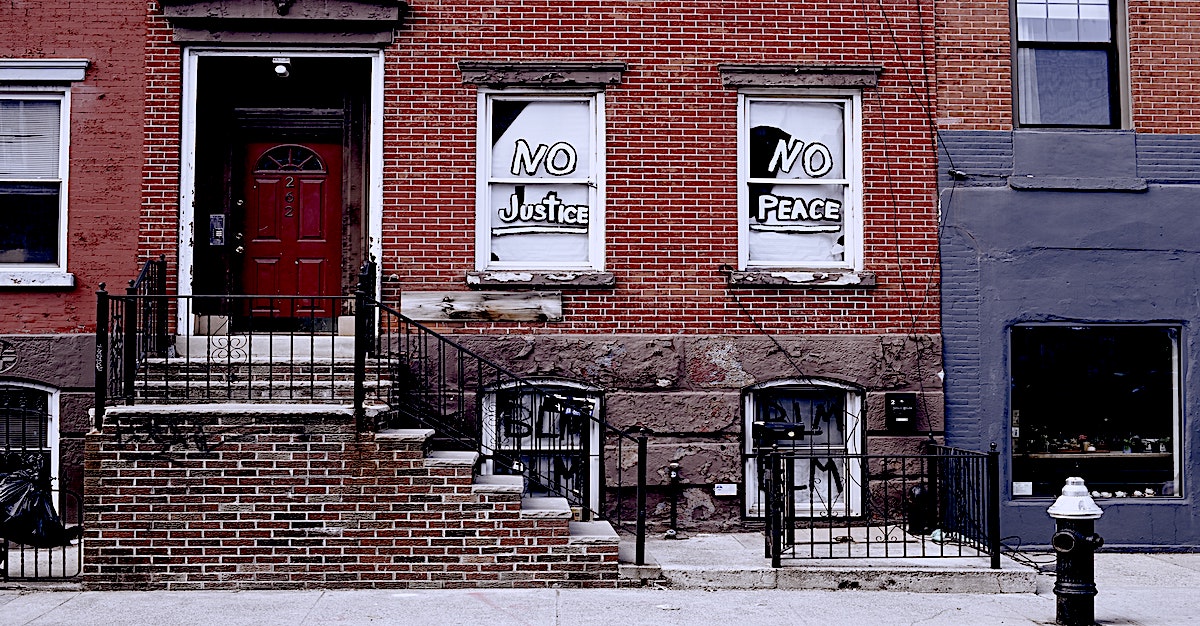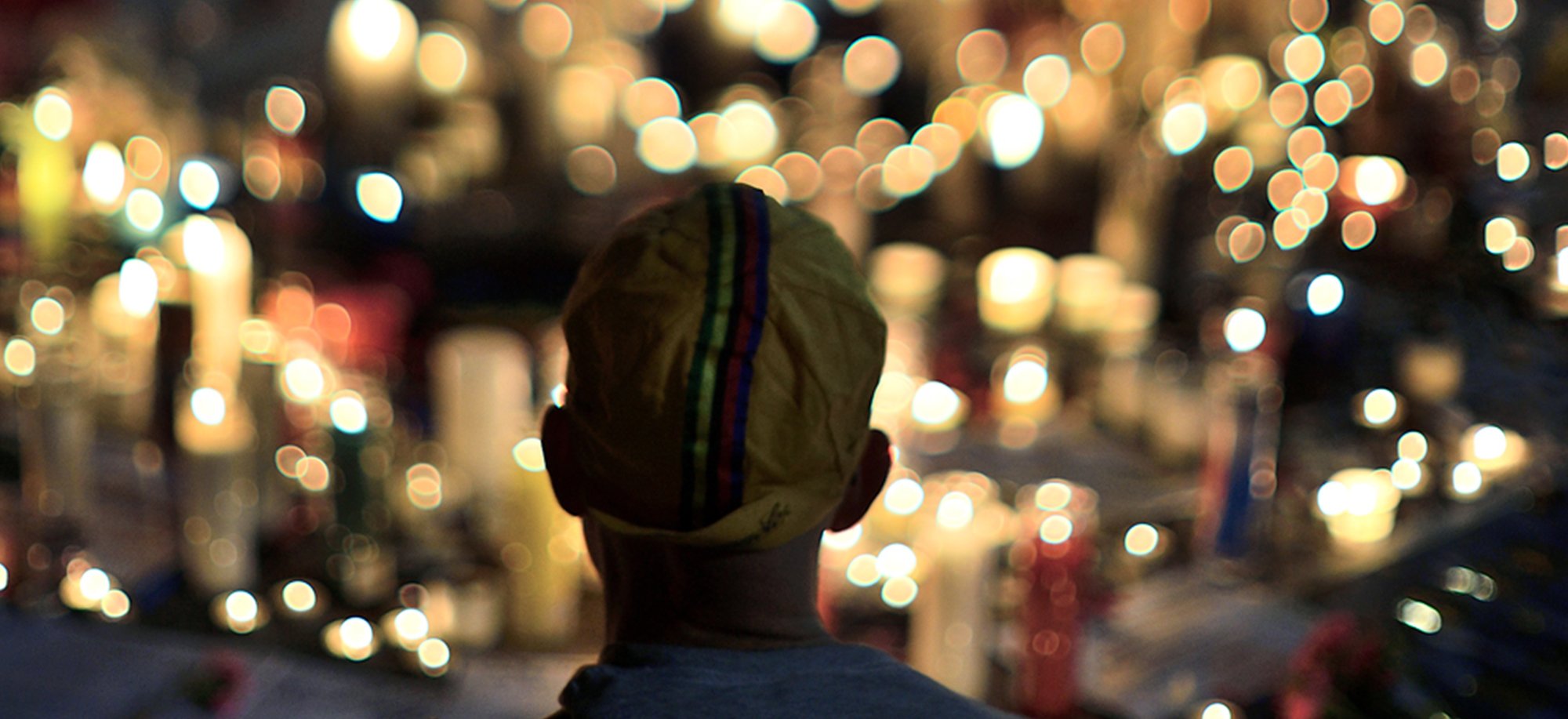Black Wounds Matter

I grew up around the corner from Walter Reed Army Medical Center, in Washington, D.C., which housed the small but remarkable National Museum of Health and Medicine. The musty place hosted a steady rotation of surreal exhibits—conjoined twins in a jar, artifacts of early campaigns to stop sexually transmitted diseases—but the focus was the history of battlefield medicine, which meant, most of all, wartime efforts to treat gunshot casualties.
Early Army doctors mined the medical files, photographs, physical specimens, and battlefield accounts of veterans for intelligence about what could keep more soldiers alive next time, or help get the wounded back to the fight. During and after the Civil War, museum staff gathered anecdotes of firearm deaths and data from survivors of war traumas and compiled this information into a six-thousand-page, six-volume illustrated series that the museum calls “an unprecedented effort to learn from the wounds and maladies of war.”
I’ve been thinking about this early fascination with survivors, in part because, today, our approach to gun trauma mostly centers on the dead. There’s a reason that we say the names of each fresh loss: Michael Brown, Rekia Boyd, Clementa Pinckney, and the others who died in the Charleston church shooting, in June—the hundreds of thousands of Americans whose lives have been cut short by violence in all its forms. But we might also train our eyes to see the long haul of those who survive. Eighty per cent of gunshot victims return home. An overwhelming number are young men of color; in New York City, in the first half of 2012, ninety-six per cent of gunshot victims (fatal and nonfatal) were black or Latino. It would seem obvious that the firearm targets to whom we’ve finally begun attending, in death, ought to be equally worthy of our curiosity in life. Yet the fates of survivors have largely not been part of our ongoing reckoning with criminal justice policy and gun violence.
For most of the past three decades, crime victims’ stories have often been invoked in public forums—in courtrooms, newsrooms, and congressional hearings—to urge a “tough on crime” agenda, including the push for stricter sentencing laws. But recently, a loose network of gun-crime victims, as well as men and women who’ve survived sexual assault, violent robberies, and other violations of the social contract—what we might call a new crime-survivors movement—have emerged with an alternative policy vision. Among its many champions is Danielle Sered, the executive director of Common Justice, a restorative-justice and victim-services group based in Brooklyn. When we first met, at a crowded criminal-justice-reform conference last spring, Sered posed a series of questions that stayed with me: “What if Trayvon Martin lived, but walked with a limp? What if Eric Garner survived, but with aggravated asthma symptoms as a result of his trauma?” Then: “What would we have done for Michael Brown, if he were now in a wheelchair?”
Sered’s own answer to these questions was simple. “Nothing,” she told me. “Experience and data tells me we’d have done nothing,” most likely, for Martin and Garner and Brown had they survived their injuries.
Last December, Sered published a report, through the Vera Institute of Justice, called “Young Men of Color and the Other Side of Harm: Addressing Disparities in Our Responses to Violence.” It describes and gives the reasons for her organization’s pioneering efforts to provide community-based support to young men of color who’ve been harmed by violence. (Common Justice also works with those responsible for crimes to create new forms of non-prison-based accountability.) In the report, Sered observes that, while more Americans are finally taking note of “the disproportionate involvement of young men of color in the criminal-justice system as those responsible for crime” (in other words, those most heavily policed and prosecuted), there remains a large gap in the picture. “Still missing,” she writes, “is the recognition that these young men are also disproportionately victims of crime and violence.”
Talking to a half-dozen people within this emerging crime-survivors movement, I began to notice at least four key ideas taking shape. First is a simple concept that Sered outlines in her report: that we must adjust our shared understanding of crime demographics to account for the fact that those most routinely portrayed as perpetrators are often at equal or greater risk of being victims. The remaining three ideas are more policy oriented, and hold as much potential to reshape our justice system as better-known calls for legislative reform.
When I first spoke with Aswad Thomas, in August, he was packing up his car, outside a relative’s home in Tennessee, to begin the drive to California. He was off to enlist, full time, in the crime-survivors movement. One evening, six years ago, Thomas left his home, in Hartford, Connecticut, to buy some juice from the convenience store. As he left the store, two unfamiliar men approached him, and, within seconds, changed his plans for the night and for his life.
At the time, Thomas was a local star basketball player. He’d graduated from Elms College, in Massachusetts, a few months earlier and signed on to play professional ball in Europe. He was scheduled to fly to Holland in three weeks. But as the men outside the store rushed toward him, one raised a gun and fired twice, in a botched robbery. “I was left in my own blood to die,” Thomas told me. The shots missed his aorta by millimetres. “Those two bullets ended my career,” he said. “I wasn’t paralyzed, but I wasn’t agile like I used to be.” Pro ball in Europe was out. Instead, Thomas would spend the fall re-learning how to use his lungs and legs.
At first, Thomas passed through a gantlet much like the one Sered outlines in her Vera Institute report: hyper-vigilance, flashbacks, depression. “That period was very tough for a number of reasons,” he remembered. He no longer felt safe in his own neighborhood. What stood out was the absence of any obvious place to turn for physical therapy or emotional support. “I experienced the lack of services in the community firsthand,” he told me.
As he recovered, Thomas decided to enroll in the University of Connecticut’s School of Social Work. Studying trauma, he saw new overlaps between his experience and that of other young men of color who’d been targeted by guns in his native cities of Hartford and Detroit. (Although national crime rates have dropped significantly since the early nineties, Hartford has one of the highest murder rates in New England; Detroit tops the list nationwide.) He ran through a string of problems that he and other crime survivors in his community, including childhood friends and family members, faced: “not having professional help,” both physical and psychological; “not knowing how to navigate the medical system or where to ask for help”; “not having an outlet to share my story.”
In Thomas’s last year of classes, he took on an independent study of mass incarceration and learned about a group called Californians for Safety and Justice. The organization was helping to shape the second mandate of the crime-survivors movement: getting victims’ services into the neighborhoods that most sorely need them. Californians for Safety and Justice had developed a statewide network of crime survivors that was calling for legislative reforms to divest money from prisons and funnel it into mental health programs, drug treatment, and victims’ services. The group was also working to encourage the creation of trauma centers in urban neighborhoods with high crimes rates.
One day last spring, the group’s organizing director, Robert Rooks, came to Thomas’s campus to give a talk. Rooks speaks openly about his past: he grew up with five close grade-school friends, four of whom have been lost to violence. After the talk, Rooks took Thomas out to dinner and told him more about the group’s ambition to put crime victims at the center of a new prison-reform push. “When I heard that they were working with crime survivors, I was excited,” Thomas recalled. He’d never known such an opportunity existed. Soon after, Rooks offered him a job, and Thomas packed up and began the drive to California. The ideas they’d discussed gave him a sense of the third imperative of the crime-survivors movement: having people like him step up to the policy table.
The idea of mobilizing crime survivors for criminal-justice reform may sound obvious, but it’s not—or, at least, it hasn’t been. Lenore Anderson, the executive director of Californians for Safety and Justice, once worked at the district attorney’s office in San Francisco. There, she said, “I experienced communities under siege from violence—from cycles of violence—where there were little to no resources to address it.” She’d seen much the same in her earlier work with incarcerated youth, who often had long histories of prior victimization. When Anderson went on to create Californians for Safety and Justice, in 2012, she knew she wanted this insight to be part of the group’s mission. By bringing perspectives like Thomas’s into the conversation about criminal-justice reform, the organization could challenge the assumption that crime victims unanimously favor “tough on crime” laws as the best path to safer neighborhoods. She also saw it as a way to insure that “those who have been historically underrepresented” get heard in debates over public safety. “Every human being who has experienced victimization deserves a voice and a chance to be protected from repeat harm,” she said.
In 2013, Californians for Safety and Justice commissioned a survey of five hundred crime survivors. The survey revealed that only twenty-three per cent of victims believed that more jails and prisons would help address crime. Twice as many thought that rehabilitation programs and probation should be central to California’s crime response. By the time Thomas started working for Californians for Safety and Justice, in August, the group had created Vote Safe, a sister organization, which led a successful push for Proposition 47, a state ballot initiative to reduce a handful of nonviolent crimes—such as simple drug possession or writing a bad check under nine hundred and fifty dollars—from felonies to misdemeanors. The savings would go straight into public-safety initiatives, including funds for mental health and drug-treatment programs.
The Proposition 47 campaign included some unexpected voices. One belonged to Dionne Wilson, a white police officer’s widow who acknowledged that she once would have trashed the ballot initiative as the work of “mentally ill liberals.” Wilson met her late husband, San Leandro police officer Dan Niemi, when he visited the gun shop where she worked. In 2005, he was shot and killed on duty, after answering a routine disturbance call. In court, Wilson lobbied for the death penalty for the young man found responsible, saying that she hoped “the beast” would “burn in hell.” But as time passed and she had more exposure to the justice system, she noticed that retribution had done little to ease her rage; it was also failing to prevent more crimes of the sort that caused her grief. “I had an experience that really opened my eyes to what is going on in the criminal justice system, and it’s this revolving door of crime and punishment, crime and punishment,” Wilson said in a video for Californians for Safety and Justice. “What we want to do is take the huge amount of waste in our criminal justice system and, instead of investing it into more prisons, that we invest it in the communities that end up filling those prisons, so that we can prevent things like what happened to Dan to happening again.” Some sheriffs and prosecutors resisted Proposition 47, and the group Crime Victims United called it “a dangerous and radical package” that would treat “career criminals” with a “slap on the wrist.” But last November, the measure overwhelmingly passed.
(Controversy remains around its implementation. Just this week, a Washington Post feature framed the law’s impact as “a virtual get-of-jail-free card,” in the words of one San Diego police chief; more optimistic voices have noted the millions of government dollars saved on prison costs, and the hundreds of thousands of people with low-level felony convictions who can now apply for relief, through a conversion to a misdemeanor—and for a better chance at employment, housing, and education.)
Californians for Safety and Justice has also made a point of bringing survivors together to share their stories, in what might be called the movement’s fourth tenant. Their crime-survivors network now has nearly six thousand members. In April, the group held its annual conference for crime survivors, with John Legend performing for a crowd of more than four hundred participants. This fall, Thomas set up shop in Sacramento, where he now works as the group’s national organizer. He’ll be leading outreach to people across the country who’ve been shot, stabbed, or otherwise harmed by crime, asking them, “What would help you heal?” and “Do you want to share your story?”
In the fiscal budget for 2015, Congress took a major step toward the movement’s goals, allocating an unprecedented $1.6 billion in new funds for crime survivors. The money was pledged through the long-standing Victims of Crime Act. But even this news comes with a sizeable challenge. The funds will be doled out state by state, to agencies currently working with crime victims. And as the Department of Justice noted, in a solicitation of grant applications for “supporting male survivors of violence,” those groups often haven’t had great infrastructure for reaching youth of color. “While the circumstances surrounding the victimization of young African American males are extremely complex, it is clear that the victim services field must play a larger role in raising awareness about, and responding to, these young victims,” according to the solicitation. (The same could be said for young women of color.) Mai Fernandez, the executive director of the National Center for Victims of Crime, one of the leading and longest-standing victims’ rights organizations, told me that her organization is “advocating for expanding funding to reach a more diverse group of victims,” while also working toward “shifting perceptions so that we recognize victimization and are compelled to respond to victims who’ve previously escaped our notice.” Both Common Justice and Californians for Safety and Justice are advocating for entrusting some of the federal funds to local organizations that were developed to serve young people of color—“credible messengers,” Sered calls them. “If even ten per cent of the funding increase went to young men of color who were hurt,” Sered told me, “it would still be an extraordinary impact—the sort of change that can have intergenerational effects.”
The challenge ahead is vast, but it’s not altogether new. Again, one could call to mind the Civil War, when there were more than two hundred thirty thousand gun-wound survivors to reckon with on the Union side alone. At the time, and for long after, even the wounded were often segregated, receiving treatment that was not just separate but also unequal. In the six-volume treatise “The Medical and Surgical History of the War of the Rebellion,” at the National Museum of Health and Medicine, much of the data distinguishes “white troops” from “colored troops.”
But around the archive’s edges, one finds a lesser-known story, involving a loose-knit collective of black women who performed other acts of courage. These women, largely anonymous, came to the country’s battlefields and war hospitals to nurse wounded black troops, when white nurses were deemed above the task. They tended gunshot wounds, amputations, and all manner of bodily pains. They continued to fight after the war to ensure that black veterans got proper food, work, and shelter.
A standout among them, a woman named Susie King Taylor, published an autobiography, “Reminiscences of My Life in Camp with the 33d United States Colored Troops,” in 1902. In it, she offered up a new measure of democracy that still seems painfully apt: if all men are created equal, then their wounds should be equally cared for. Taylor saw tenderness toward others’ traumas as central to “freedom, in the full sense of the word”; the work of healing, in that sense, was an act of politics. In the new crime-survivors movement, we might hear this call looping back across centuries, just as we might see in the work of Aswad Thomas, Danielle Sered, and many others a commitment reflected on the final page of Taylor’s book: there, she tallied not a list of the dead but a “Roster of Survivors.”


